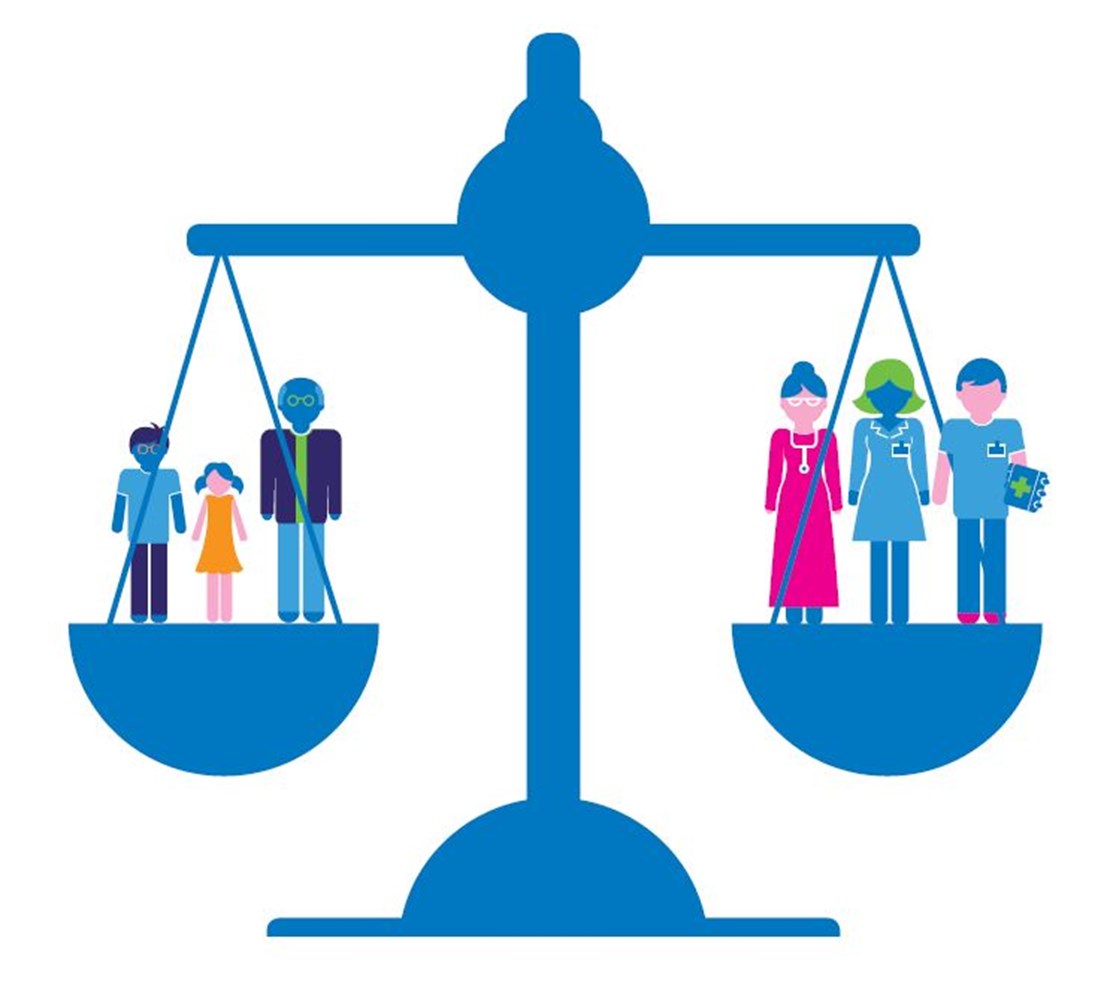The World Health Organization defines health as a state of complete physical, mental, and social well-being. It is also defined as the absence of disease or infirmity. There are many other definitions of health. This article will discuss how to measure health. For additional reading, see the article on the different determinants of health. Below is a list of commonly used measures. These may be of interest to you. Whether you want to measure your health to improve your overall quality of life, or to understand what constitutes a healthy lifestyle, there are many different ways to do so.
Social determinants of health
What are social determinants of health? Simply put, they are the social and economic conditions that influence individual and group health. These factors can be either positive or negative. Some are more important than others, but each has its own influence. Listed below are some of the most important social determinants of health. And what can we do to make them more positive? We can start by learning how these factors affect the health of our communities.
Physical determinants of health
Biological and social determinants of health are factors that affect some people more than others. Older people are biologically more susceptible to aging, including physical and cognitive decline. Genetic factors are also important determinants of health. People with sickle cell disease, for example, inherit the gene from both parents. People from West Africa, Mediterranean countries, and Caribbean islands are most likely to inherit this gene. While it is still unclear exactly how much each of these determinants contributes to health, they have been shown to be significant.
Mental determinants of health
In addition to the environment, there are also social determinants of health. For example, income and other measures of material affluence play a major role in determining health. Likewise, education and occupation are also important factors that influence health. The WHO has developed several resources to address these issues. However, a large gap still exists between the socioeconomic status and health of individuals. Inequality in these areas leads to considerable health inequities.
Measures of health
There are many different types of measures of health and their respective reliability. While they can be helpful for comparing two groups, short scales have low reliability. For example, a short scale for emotional stability may be unreliable when comparing two groups of people with similar incomes and educational levels. However, these short scales are still useful for determining a person’s overall health and wellness. However, these methods do have their limitations.
Tribal societies’ provision of healthcare
In the 1990s, Congress created a program to allow tribal societies to manage programs not administered by the Indian Health Service. This program is known as Tribal Self-Governance. Since the program is non-IHS, Congress has engaged with the Tribes to gradually transfer management responsibility. The Tribal Self-Governance demonstration project began in 1992, and Congress has since expanded the program to include other Indian health services. Tribal societies can run these programs more effectively than other managers because of their experience and expertise in delivering healthcare.

